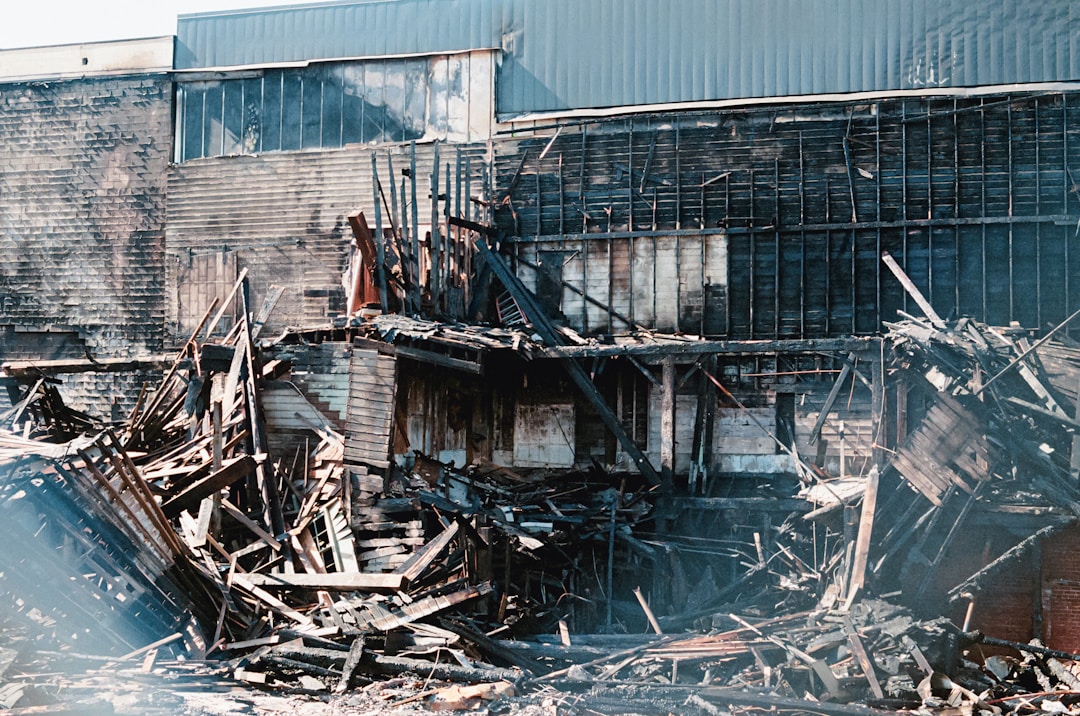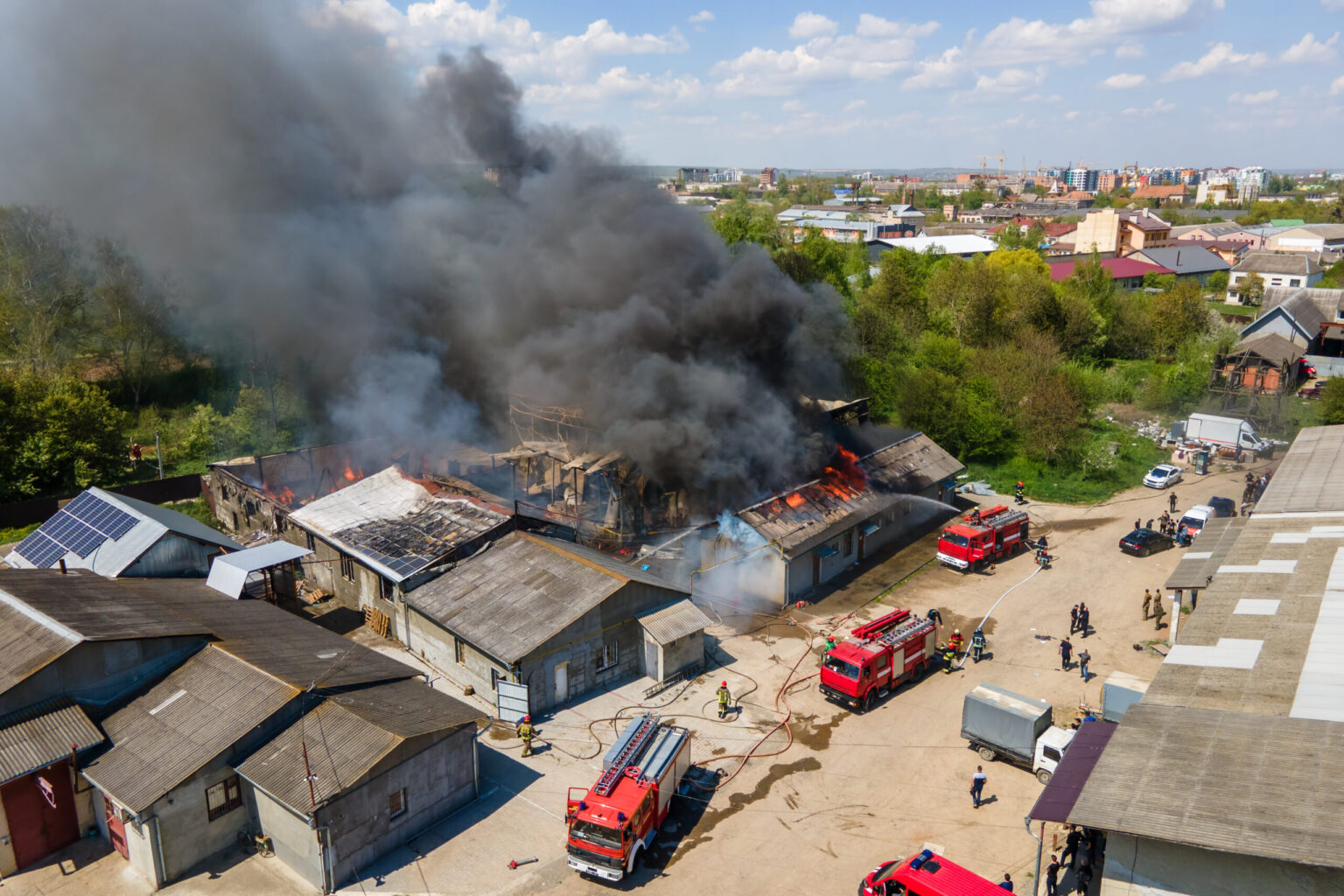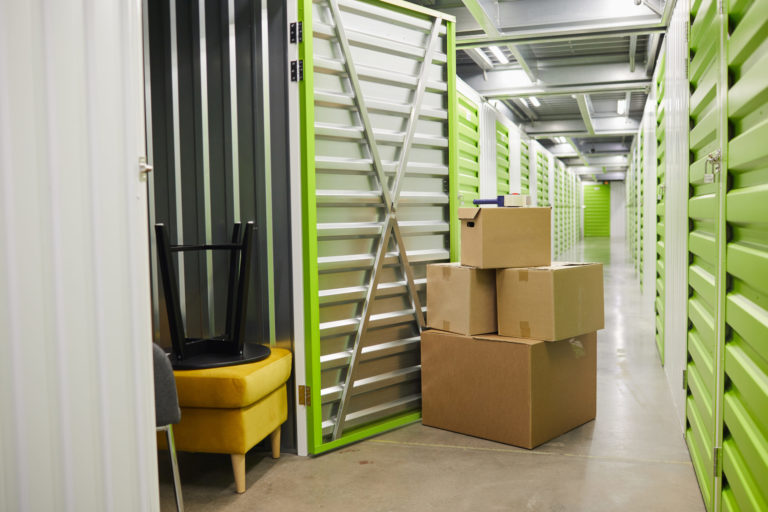Experiencing a fire in your business can be a devastating event, leaving you to grapple with the aftermath and wondering how to pick up the pieces. The path to recovery involves several critical steps, from assessing the damage to reopening your doors. This journey requires resilience, strategic planning, and the right support to navigate the complexities of restoration. This article offers a comprehensive guide to help you restore your business following a fire, ensuring you’re equipped with the knowledge to rebuild stronger and more resiliently.
Seek Fire Restoration Services
Engaging with commercial restoration services early on can significantly streamline the recovery process. These teams have the expertise and equipment necessary to tackle the complexities of fire damage, ensuring your business is restored to its pre-disaster condition. Their services typically include water removal, smoke and soot cleanup, odor elimination, and structural repairs, which are all crucial for a thorough restoration. By entrusting this task to professionals, you can focus on other critical aspects of getting your business back on its feet.
Planning the Restoration

Once the damage has been assessed, the next step is to plan the restoration process meticulously. This plan should outline every detail of the restoration journey, from timelines and budgeting to selecting contractors and obtaining necessary permits. It’s essential to prioritize tasks based on urgency and impact on business operations. For example, repairing structural damages and restoring utilities should top your list to ensure the safety and functionality of your premises.
Incorporating fire prevention measures into your restoration plan is also vital. This is the perfect time to install or upgrade fire sprinkler systems, which can significantly reduce the risk of future fires. Fire sprinkler systems are a crucial investment in safeguarding your property and ensuring the safety of your employees and customers. Integrating such systems not only enhances safety but can also potentially lower insurance premiums, making it a wise addition to your restoration and prevention strategy.
Communicating with Stakeholders
Effective communication is key throughout the restoration process. Keeping stakeholders informed not only helps in managing expectations but also builds trust and support during a challenging time. This includes regular updates to employees, customers, suppliers, and investors about the restoration progress and any temporary changes in business operations. Transparent communication can mitigate concerns and foster a sense of community and resilience among your stakeholders.
It’s also important to leverage social media and your business website to communicate updates. This approach ensures that your message reaches a broad audience quickly and efficiently. Regular, honest updates can help maintain customer loyalty and employee morale, essential components for a strong comeback.
Managing Financial Implications

The financial impact of a fire can be significant, affecting not only the cost of repairs but also the loss of revenue during downtime. It’s crucial to review your insurance policy carefully to understand what is covered and to file a claim promptly. Documenting the damage thoroughly and keeping detailed records of restoration expenses are essential steps in this process.
Seeking financial assistance and exploring business funding options can also alleviate some of the financial strain. This might include loans, grants, or relief funds aimed at helping businesses recover from disasters. Planning for financial management during the restoration phase is critical to ensuring that your business remains viable and can return to full operation as swiftly as possible.
Reopening Your Business
Reopening your business after a fire is a significant milestone in the recovery process. It’s an opportunity to celebrate resilience and renewal with your employees, customers, and the community. Before reopening, ensure that all restoration work is completed, safety inspections are passed, and your premises are fully operational. Consider hosting a reopening event to generate positive publicity and reconnect with your customer base.
A successful reopening requires careful planning, marketing efforts to rebuild your customer base, and continued communication with all stakeholders. It’s also an opportunity to implement any lessons learned from the fire, improving your business operations and disaster preparedness for the future.
Building Back Better
Restoring your business following a fire is undeniably challenging, but with the right approach, it can also be an opportunity for growth and improvement. By assessing the damage accurately, planning the restoration carefully, communicating effectively, managing financial implications wisely, and celebrating your reopening, you can navigate the path to recovery with confidence. Remember, the key to rebuilding successfully lies in resilience, adaptability, and the support of professional services that understand the complexities of fire restoration. With these elements in place, your business can not only recover but emerge stronger and more resilient than before.












